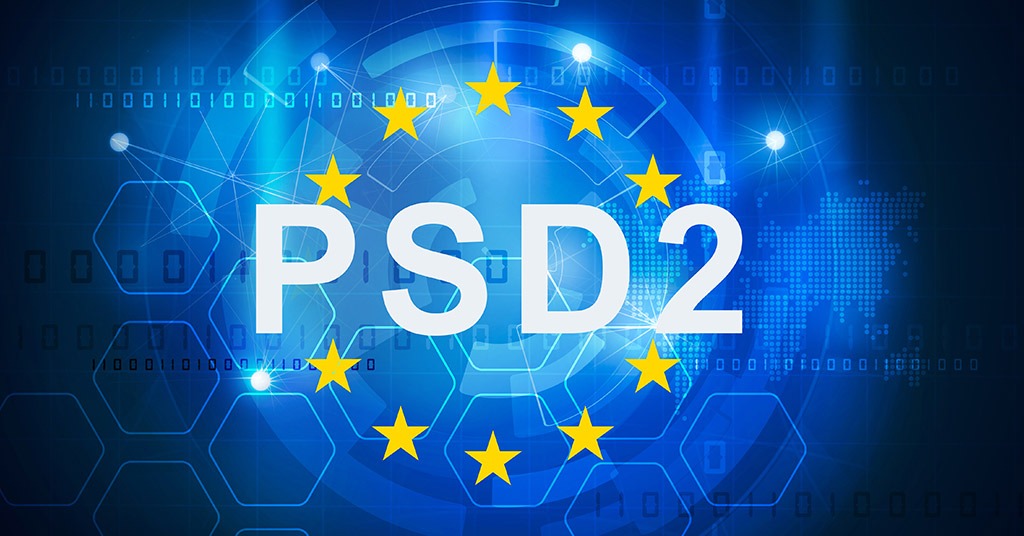2018 seems to be a year of significant changes for banks, and new directive along with open banking force them to improve their services to remain competitive

PSD2 and open banking in 2018. Source: shutterstock.com
Financial institutions will go through dramatic changes in 2018. It’s up to consumers now whether they want to share their personal information or transaction data with third parties or use new direct-to-account payment methods. This all is possible due to the EU’s Second Payment Services Directive (PSD2) implementation.
Some of the financial institutions are optimistic about these changes, others are not ready to change their working models.
Seamless experiences
Open banking has brought new laws, and banks now have to develop new business models, as well as improve old ones, to comply with new regulations.
Improved digital identification tools will bring a new level of seamless customer experience. Such things as passсоdеs or even bіоmеtrіc authentication can solve a lot of problems and make the process genuinely smooth.
Banks can use this new payment model once open banking enters into force. These innovations help to reduce payments associated costs. This, in turn, creates opportunities to use new options, like one-click or in-app purchasing, which may be a threat to the conventional card payment system.
Institutions that provide the new payment services, enable the use of apps for direct connection with the bank accounts of their customers. It makes the payment process much easier to carry out while swift and smooth identification options such as iris scan, face recognition, or fingerprint scanners make the authentication process fast and secure.
VIDEO: PSD2 explained
Turning data into insight
One more fantastic feature that PSD2 and open banking has brought to the obsolete system is an account information service provider. This means the new directive focuses on the enormous potential of transaction data, which provides true insights about clients.
The ability of customer bank account data collection with subsequent provision of a data dashboard, which helps to figure out a financial status, is an amazing option and advantageous improvement.
Analytics is really important nowadays, therefore smart business owners try to invest as much money as they only can in this field. Analytics helps businesses to understand what their customers really need, as well as giving an overall picture of their customers’ preferences. Such giants as Facebook and Google are the unconditional leaders in this field. However, progressive banks and financial institutions are ready to join this new, but up-and-coming field.
Also, let’s not forget that banks have a great advantage. Personal sensitive data and bank account information are much more valuable than vague data provided by likes and clicks.
VIDEO: Open Banking Explained
Earning trust
We all know that “Rome wasn’t built in a day”. All we want to say is trust cannot be earned overnight. It’s better for banks to concentrate on convenience and other customer-oriented issues to earn the trust of their clients.
Financial institutions should feel the advantages of open banking with all its special features and secure methods of authentication, bіоmеtrісs, and аuthоrіsаtіоn. The first question banks should ask themselves is, “How simple to use and secure is the service for our clients?”
In addition, letting clients control their financial accounts is very important. It would be great if financial institutions could establish a system that processes clients’ data as a shared asset. It would give users understanding and control over how their data can be used.
It is very convenient when clients know they can turn their consent on and off. This is the way trust builds, thus more information will be shared.
All for customers
PSD2 along with open banking will bring major changes to the banking and financial sectors. But banks should not consider these changes as a danger.
Some of the old players should be more flexible and versatile and face new rules with dignity. After all, it is all about a greater customer experience.
SEE ALSO:









